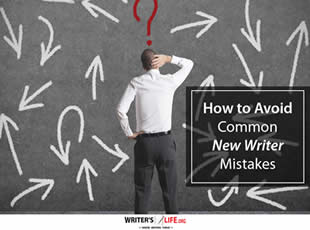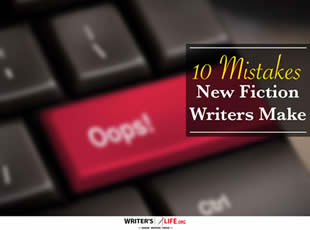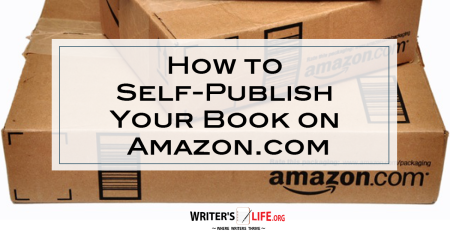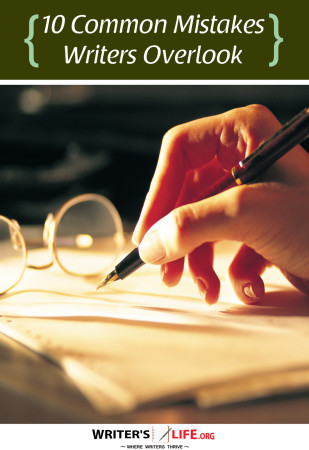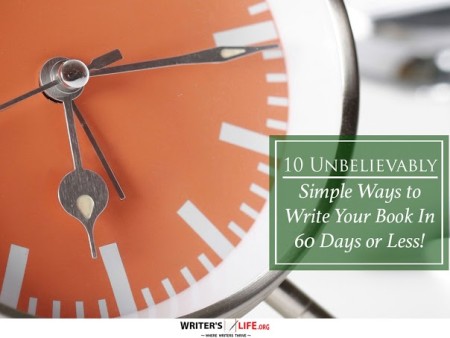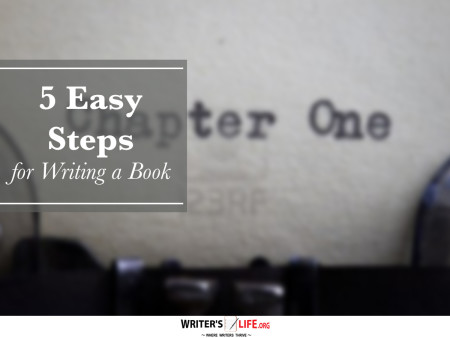- How To Tackle Jealousy In Creative Writing
- Common Submission Mistakes
- How To Stop Your Blog Becoming Boring
- The One Thing Every Successful Writer Has In Common
- How To Make Yourself Aware Of Publishing Scams
- Why Almost ALL Writers Make These Grammar Mistakes At Some Point
- 5 Tips For Authors On How To Deal With Rejection
- Top Mistakes to Avoid When Writing a Novel
- How to Avoid Common New Writer Mistakes
- 10 Mistakes New Fiction Writers Make
10 Reader Motivations You Can Tap Into Today

Reader motivations are the secret sauce to keeping your audience engaged and coming back for more. Whether you're a budding author or an experienced writer, understanding what makes your readers tick is crucial for your success. In this article, we'll delve into 10 reader motivations you can tap into today to boost engagement and keep your readers hooked.
Understanding the Inspirations for Readers
Have you ever wondered why your readers eagerly flip through your pages? One reason could be the inspirations for readers that you're utilizing in your writing. Readers are often inspired by relatable characters, plot twists, or even the promise of learning something new. To tap into this motivation, ensure that your characters are as multi-dimensional as possible and your plot keeps them guessing.
Creating inspiration for readers can sometimes feel like cooking a new dish. You need to get the seasoning just right. Too bland, and they might lose interest; too spicy, and you might overwhelm them. This balance is crucial for engaging reader motivations that drive ongoing interest.
Think about how you can integrate different elements that serve as inspirations for readers. Doing so can add layers of engagement they can't resist peeling back.
Top Reader Motivations in Storytelling
Storytelling is an art and the art lies in understanding the top reader motivations that captivate your audience. Engaging reader motivations like emotional connections, survival instincts, or ambition can lead to compelling storytelling. Consider Charles Dickens' narrative style—he uses poverty and morality as motivations to keep readers emotionally invested.
Similarly, identifying your readers' motivations can transform your writing from simple narratives to gripping tales. The trick here is to connect on an emotional level. Tap into universal feelings such as hope, despair, love, or fear to align with effective reader motivations.
No matter what genre you write, understanding motivation strategies for readers can help build compelling stories that enthrall your audience.
Effective Reader Motivations Through Relatability
You've likely experienced the magic of reading a story that seems to speak directly to you. Effective reader motivations often hinge on relatability. When readers see themselves in your characters or situations, they are more likely to be engaged and invested in the story's outcome.
Think of relatability as the lens through which your audience views your narrative. A character facing similar life challenges, or a plot revolving around familiar scenarios, can serve as powerful reader motivations. Use this relatability to create a deeper connection with your readers, ensuring they remain anchored to the journey you're unfolding.
Want to promote your book after it’s published? Check out our Book Marketing Articles.
Achieving Reader Engagement via Cliffhangers
Cliffhangers are a tried and true method of achieving reader engagement. By leaving a story component unresolved, you offer your readers a compelling reason to return for the next installment. It's like ending a party just when it’s getting interesting—your guests can't wait for the next invite!
Constructing cliffhangers requires finesse. Your aim is to strike a balance, leaving your readers curious yet satisfied enough to return. Consider utilizing cliffhangers in your chapters or transitional scenes to maintain reader motivation and suspense.
Motivation strategies for readers might also include open-ended questions within your narratives that echo beyond the page, encouraging readers to ponder over them long after they put the book down.
Reader Motivation Tips for Interactive Elements
Interactive elements in literature—such as choose-your-own-adventure formats or multimedia integrations—offer unique reader motivation tips for drawing in a modern audience. While traditional plots carry their weight, interactive elements engage by actively involving the reader in the journey.
Interactive components can transform reading from a solitary journey to a complex experience involving active decision-making. Think about how your writing could incorporate some interactivity to maximize reader motivation and involvement.
This approach allows readers to become co-pilots in the storytelling journey, driving the narrative forward and increasing their investment in the story's outcome.
Maximizing Reader Motivation with Strong Themes
Finally, consider how maximizing reader motivation with strong themes can be the linchpin that holds your narrative together. Universal themes such as love, loss, redemption, or the quest for identity often resonate deeply with audiences.
The beauty of strong themes lies in their power to evoke emotions and connect disparate elements within your story. Themes function as the backbone of your narrative, guiding your plot while continually engaging reader motivations.
According to Wikipedia, thematic elements in literature provide critical insights into fundamental human experiences and can be a significant factor in reader engagement.
If you're serious about growing your author career, don't miss out on these free tools and templates built specifically for writers. Access all 7 free resources here.
Frequently Asked Questions About Reader Motivations
Q: How can I identify the motivations of my readers?
A: Research and surveys can offer invaluable insights. Understanding your target audience's preferences and desires is crucial for identifying their motivations.
Q: What role do motivations play in reader engagement?
A: Motivations are key drivers of engagement, encouraging readers to invest emotionally and intellectually in your narrative.
Q: Can reader motivations change over time?
A: Absolutely, as societal values and reader preferences evolve, motivations can shift. It's important to stay updated on emerging trends.



















